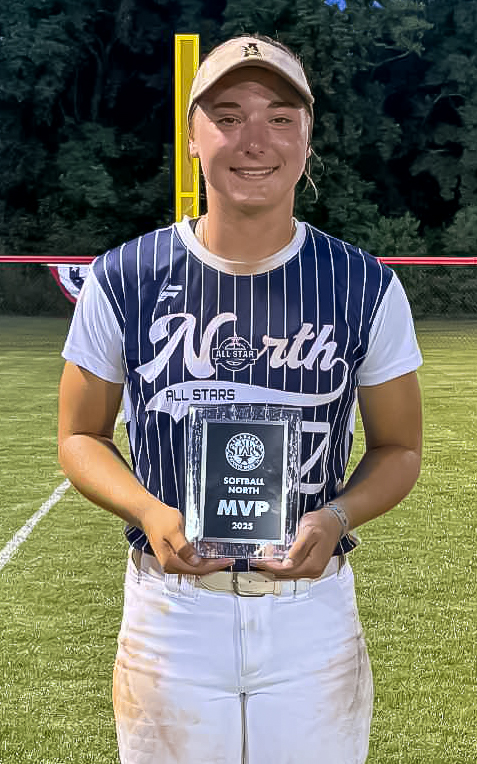ONE GARDENER TO ANOTHER: Tips for beginner gardeners
Published 7:00 am Monday, January 4, 2021
It is interesting to look back on different trends throughout history and how they repeat. For instance, back in the mid-’60s, you were one groovy cat if you wore bell-bottoms. They were popular through the ’70s, again in the ’90s, and if you’re wearing them now, you’ve got “the drip.” Sounds bad, but it means your fashion style is on point.
We often associate bell-bottoms with the ’60s, but don’t let any old hippie tell you that they pioneered this trend. Bell-bottoms were worn by the Navy in the early 19th century, first being mentioned in a description of the standard uniform in 1813.
Trending
Just as there are trends in fashion, they also influence food and diet choices, hairstyles, home décor, car design, music and, of course, gardening trends. Although new varieties and hybrids of plants are introduced yearly, the biggest trend we are seeing now is gardening itself.
The upward swing of an interest in gardening is reminiscent of the Victory Gardens of the ’40s; everyone is doing it. Garden centers, nurseries and seed companies all have reported significant increases in the sale of garden-related items, and it looks like it is going to continue to be on the rise in 2021.
Although getting in on the trend is enticing, it can also be a little overwhelming for the beginner gardener. The following are a few tips to take some of the guesswork out of starting your garden.
If you are completely new to gardening, the best advice I could give you is to start small. With that said, there is nothing wrong with drawing out a plan for your entire yard, but there is no rule that says you need to do it all at one time.
That leads into having a plan. Whether considering planting a large area or a small plot, having a plan is essential. First, consider the size of the space you are planting and the sun exposure it receives. Different plants require different levels of sun, so knowing how many hours of sun your area receives allows you to pick the right plants for that area.
When choosing plants, know their mature size. Before putting out the effort of planting, along with your money, you want to make sure it will fit in the area. This will also help you space plants the proper distance apart from each other so the roots and foliage have enough room to spread.
Trending
Know the life cycle of the plant. I have a friend who recently revamped the garden beds around the front of her home. It looked lovely, but, while she was going for a one-time overhaul, the majority of the plants were annuals, which complete their life cycle in one growing season. Perennial plants, on the other hand, live for multiple years. How long depends on the growing environment and the variety of plant.
Just because a plant is in the garden center and listed as a perennial doesn’t mean it can survive here in Alabama. The minimum temperature at which a plant can survive dictates its Hardiness Zone. Limestone County is in Zone 7b, whereas Central and South Alabama are in Zone 8. Our temperatures dip much lower than the lower part of the state, so any plant’s Hardiness Zone that is higher than 7 runs the risk of freezing. It may seem irresponsible to offer plants that aren’t meant to be grown in our zone; however, many gardeners choose to grow them as container plants that can be moved indoors during the winter months.
Plants need water, especially when they are being established. Watering thoroughly once a week is better than watering a little bit every day to encourage root growth.
Most plants require well-drained soil. If your soil stays consistently wet, amend your soil with some organic matter, such as compost or manure. Plant roots have no chance of spreading and won’t get the oxygen they require if the soil is compacted. Soil compaction will also cause water to run off and not reach the roots, or, equally bad, your roots will sit in water, which causes root rot.
Plant tags provide the needs, care, size and shape of the plant. If one isn’t provided, any reputable nursery should be able to tell you the specifics of the plant.
The last thing, but certainly not the least, is to have fun; gardening is good for the spirit! Until next week, happy gardening.
— Irland, a member of the Limestone County Master Gardeners, can be reached at kippirland@hotmail.com. Visit https://mg.aces.edu/limestone for more information on the Limestone County Master Gardeners.






